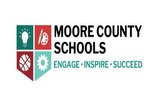
Students construct a yarn bridge between 2 cups that can hold as many spiders as possible.
- Subject:
- STEM
- Science
- Material Type:
- Activity/Lab
- Lesson Plan
- Author:
- Carrie Robledo
- Date Added:
- 05/19/2020

Students construct a yarn bridge between 2 cups that can hold as many spiders as possible.

Read the book “Chicka, Chicka, Boom Boom” to your students. Discuss the letters that are in the book. Then have students work in pairs or groups to create a coconut tree that can hold as many alphabet magnets as possible. When finished students will count how many letters their tree could hold. They will also name as many letters as they can from their tree.

Read the story, The Gingerbread Man. Discuss the plot and what happens in the beginning, middle and end. Discuss an alternate ending. Guide the students to think of another way he could safely get across the river. Then get the students to work together in groups of two to build rafts using straws that will float on water and hold up a penny that’s represents the fox.
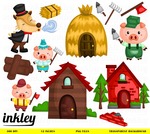
After reading various versions of The Three Little Pigs, students will plan and design houses that could protect the little pigs from the Big Bad Wolf .

Please note this lesson has been aligned to math standards, as North Carolina does not currently have a STEM SCOS for K-5.
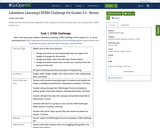
Please note this lesson has been aligned to math standards, as North Carolina does not currently have a STEM SCOS for K-5.
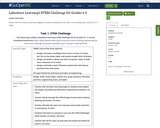
Please note this resource has been aligned to science standards as NC does not currently have a SCOS for K-5 STEM.

Make a map that leads to a new continent. Students will code a Sphero to travel the path of the map.

To create a map that leads to a new “imaginary” continent. Then students will code spheros to travel a route they created.
Driving Question: Reading The Last Mapmaker, by Christina Soontornvat students will learn about what goes into making a map of a new territory. Student will take that new knowledge about the importance of map making vs. blindly following GPS
How did people get from one place to another before GPS and how do people create maps

In this session, attendees will learn how to lead students through the planning and development process of design challenges. Attendees will develop an understanding of the various components and stakeholders that can be brought into these challenges so that students have a well-rounded authentic learning experience.
Link to presentation slides:
https://docs.google.com/presentation/d/1mcsbNZUEE07uCXl5HByCw3NEy7kIDcpBr5UQt3dmeZw/edit#slide=id.g714aceb6c2_0_0

In this STEM lesson, students will construct three different kite models and predict the most effective design. They will design and test an aircraft given several parameters and explain how early flight was influenced by kites. This lesson uses the online NASA CONNECT: The "Wright" Math Educator Guide and the NASA Aeronautics Activity Guide; and the Sled Kite activity to help students learn how the Wright brothers developed controllable aircraft by understanding, constructing, and testing different designs.

K-3 Teacher directions to help educators understand and use the Mooresville Online Academy Grant modules with students.

3-6 Teacher directions to help educators understand and use the Mooresville Online Academy Grant modules with students.

Explore what coding is and create your own game without using a computer!

Investigate what coding is and use the design thinking process to create your own game, without a computer!

A short tutorial about how to utilize the engineering design brief template on Go Open NC. This is the template we will use to upload high-quality lessons that are tied to NC Content Standards and utilize the engineering design process

As students study Harriet Tubman and her contribution to the Underground Railroad, students will create a map that is labeled with coordinates and contains a number of stops at safehouses. Students will then create a paper map or a technological representation using a program for Dash to start from a specific location and travel along the Underground Railroad.

Looking for lichens is an activity that can be done almost anywhere. Students get to search for them in the playgrounds and schoolyards, and they can be used as an indicator of air quality.

In this STEM unit, students participate in an activity to grow plants in an environment very similar to the moon, which is designed in a unique partnership between NASA scientists and engineers and education professionals. The lesson incorporates leading-edge insight and practical experiences for students on how NASA works with plants. Students will describe the need for life science research on the International Space Station and the moon. They will also identify various plant species that are suitable for lunar plant growth and their requirements. In the culminating activities, students design and construct a working prototype of a plant growth chamber.
.
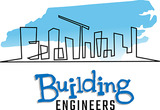
Students can work in groups in order to design a race car using stick magnets as the energy source. Students are using their knowledge of magnetic energy to design a race car that can be pushed or pulled through a race course seeking the fastest time. Students will design their race car out of a set group of engineering/building supplies. Math can be incorporated as well in the design process.